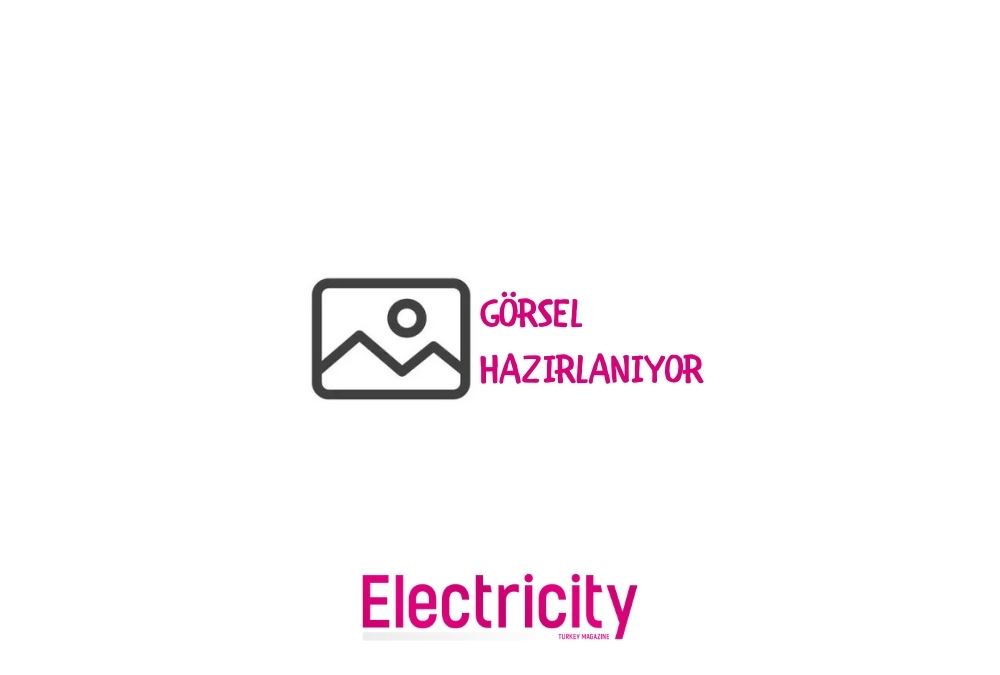
In order to close the energy gap, Afghanistan has signed a $160 million solar photovoltaic and wind energy project with Turkey, the U.S. Agency for International Development and India. This agreement will be completed in the next 16 months, providing an additional 110 megawatts of power to the country's grid.
 Projects will rise in Kabul, Balkh and Herat. According to Lima Khoram, chief policy and development at the Afghan Ministry of Finance, the implementation of these projects will not only help improve the energy sector, but also help other sectors that benefit from energy supply.
Projects will rise in Kabul, Balkh and Herat. According to Lima Khoram, chief policy and development at the Afghan Ministry of Finance, the implementation of these projects will not only help improve the energy sector, but also help other sectors that benefit from energy supply.
Wahidullah Tawhidi, spokesman for DABS, the country's main energy producer, said the projects will be the country's largest ever investment in solar energy. Among the projects is a photovoltaic station to be built in the northern Balkh province and designed to produce 40 megawatts of power. The western state of Herat will be home to a 25-megawatt solar and wind farm each. The fourth project is a floating solar power plant to be installed at the Naghlu dam east of Kabul.
The country can only generate 400 megawatts from its dams. It has to import 1,200 megawatts of energy from different countries such as Tajikistan, Uzbekistan, Turkmenistan and Iran. Afghanistan needs 7,500 megawatts to provide electricity to its approximately 33 million population. The renewable energy agreement is expected to encourage more foreign investment. Talha Hidayet, director general of the public-private partnership at the Ministry of Finance, said 9 national and international firms have shown interest in investing in 16 projects worth $3.1 billion, including two power dams, including the agriculture and telecommunications sectors.
When completed, this project will add 110 megawatts of additional power to the Afghan electricity grid, giving more than a million Afghans access to reliable and affordable power.All these efforts will contribute to the economic development of the country and attract private sector investments to the country.
 SİZİN DÜŞÜNCELERİNİZ?
SİZİN DÜŞÜNCELERİNİZ?